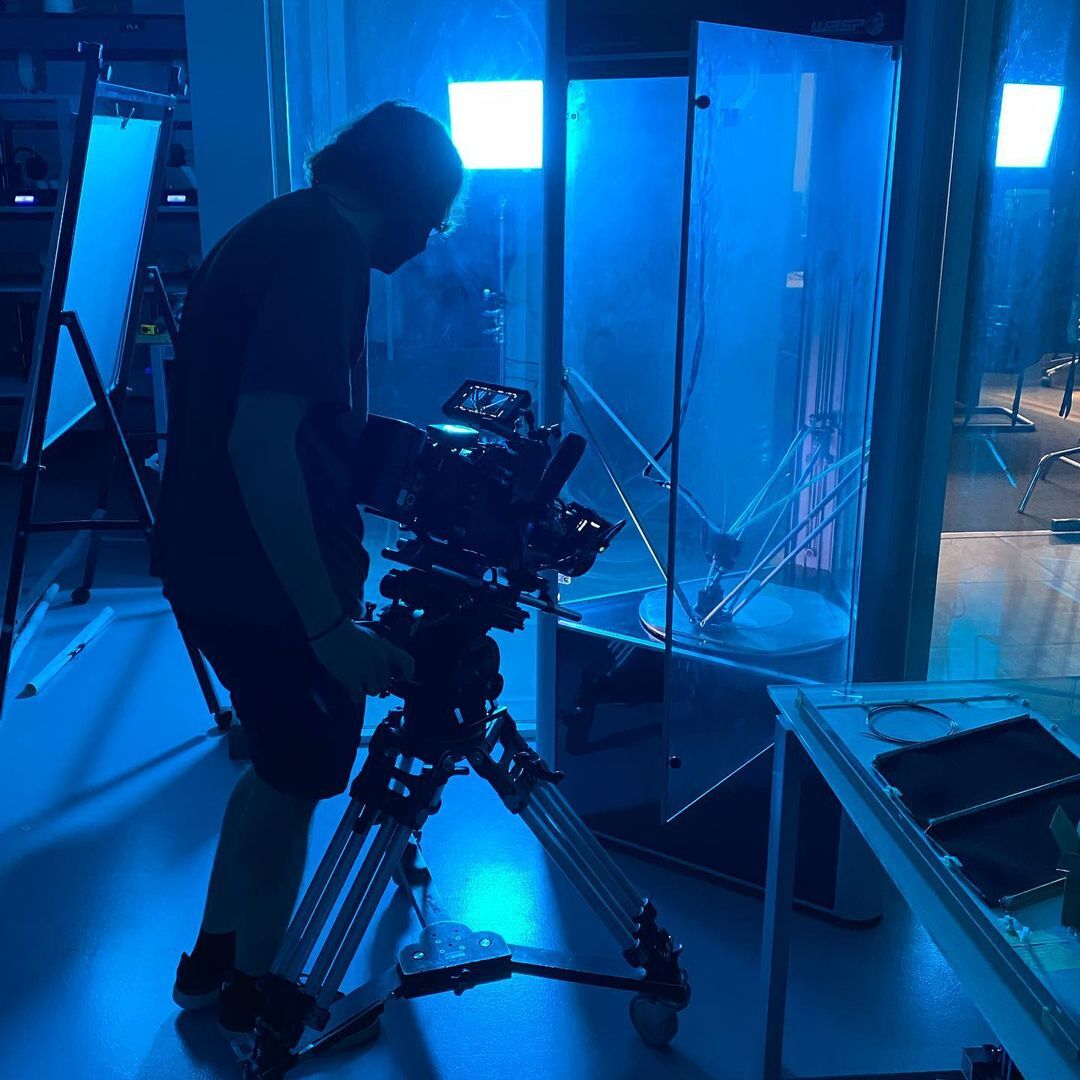From 3D Printed Organs To Precision Medical Devices: Top 4 Innovations In Healthcare

In 2022, Arthur Bonilla implanted a right outer ear on a 20-year-old woman. A pediatric surgeon with more than 25 years of experience in ear reconstruction surgery to address congenital external ear abnormalities (i.e., microtia), Dr. Bonilla routinely performed microtia surgery. However, this particular surgery was different because the implanted ear was 3D printed.
Advancements in medical 3D printing technology are driving developments in bioprinting or 3D printing of organs and tissues. Without the 3D-printed outer ear, Dr. Bonilla would have needed to painstakingly construct an outer ear frame using the patient’s rib cartilage. 3D printing simplified the process by providing the doctor with a ready-to-use framework made from the patient’s cartilage cells and printed from a model that precisely matched her left ear.
3D printing applications in healthcare go beyond bioprinting. Read on, and let’s explore the top innovations in healthcare, including 3D printing of organs and manufacturing medical devices, made possible by 3D printing technology.














.svg)








